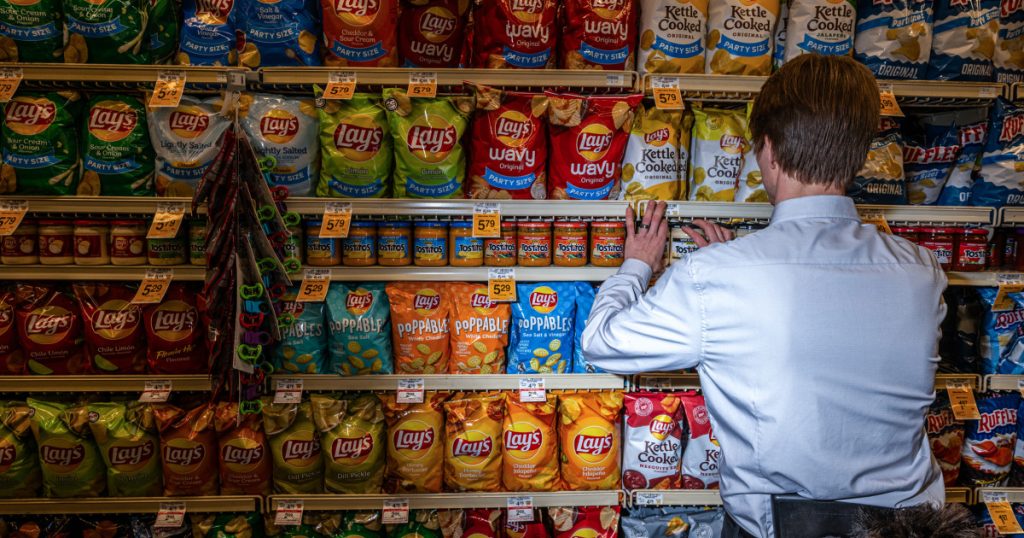The Food and Drug Administration (FDA) is expected to propose a change to prepackaged food sold in America by requiring the front of packages display key nutrient information in addition to the nutrition label already on the back. Various countries around the world already have front-of-package nutrition labels, such as Chile’s stop sign symbol indicating high sugar, saturated fat, sodium, or calories. Advocates have been asking the FDA for front-of-pack labels for nearly two decades, claiming they help people make healthier choices and encourage food manufacturers to reformulate recipes. The FDA has reviewed literature on front-of-pack labeling and conducted focus groups to test label designs.
Trade associations representing America’s food and beverage makers, along with some researchers, are opposing mandatory front-of-pack labels. First Amendment concerns have been raised regarding interpretive designs that categorize products as unhealthy, while some designs that are purely factual, such as stating grams of added sugars, are more likely to be considered constitutional. The FDA has tested multiple front-of-package label options, including traffic light colors and statements indicating whether a product is high in certain nutrients, and plans to release a proposed rule this summer.
The Consumer Brands Association and the food industry association FMI have created a voluntary label system called Facts up Front, which provides information on calories, saturated fat, sodium, and added sugars per serving size. They argue that mandatory interpretive designs could unnecessarily alarm consumers and that their system addresses consumer needs. Advocates for mandatory front-of-pack labeling believe that Facts up Front is not widely used and does not provide enough context for consumers to make informed decisions. They are pushing for a more comprehensive front-of-package labeling system that spans the entire food supply.
Some industry groups question whether mandatory front-of-pack labeling will improve Americans’ diets and argue that the evidence supporting it is lacking. However, advocates point to data from countries like Chile, where front-of-pack labeling has led to healthier consumer purchases and product reformulations. Studies show that consumers can identify healthier foods more easily with front-of-pack labels, which are particularly helpful for those with lower nutrition knowledge and busy shoppers. As the percentage of overweight and obese Americans continues to rise, there is a growing need for tools to help consumers make healthier choices.
Despite the success of the nutrition facts box required on the backs or sides of food packaging, there is increasing support for more nutritional information on the front of packages. This would benefit busy individuals, parents, and anyone with limited time and energy to invest in their food choices. Overall, the discussion about front-of-package labeling highlights the importance of providing consumers with easy access to key nutrient information to help them make healthier decisions about the food and beverages they purchase.


